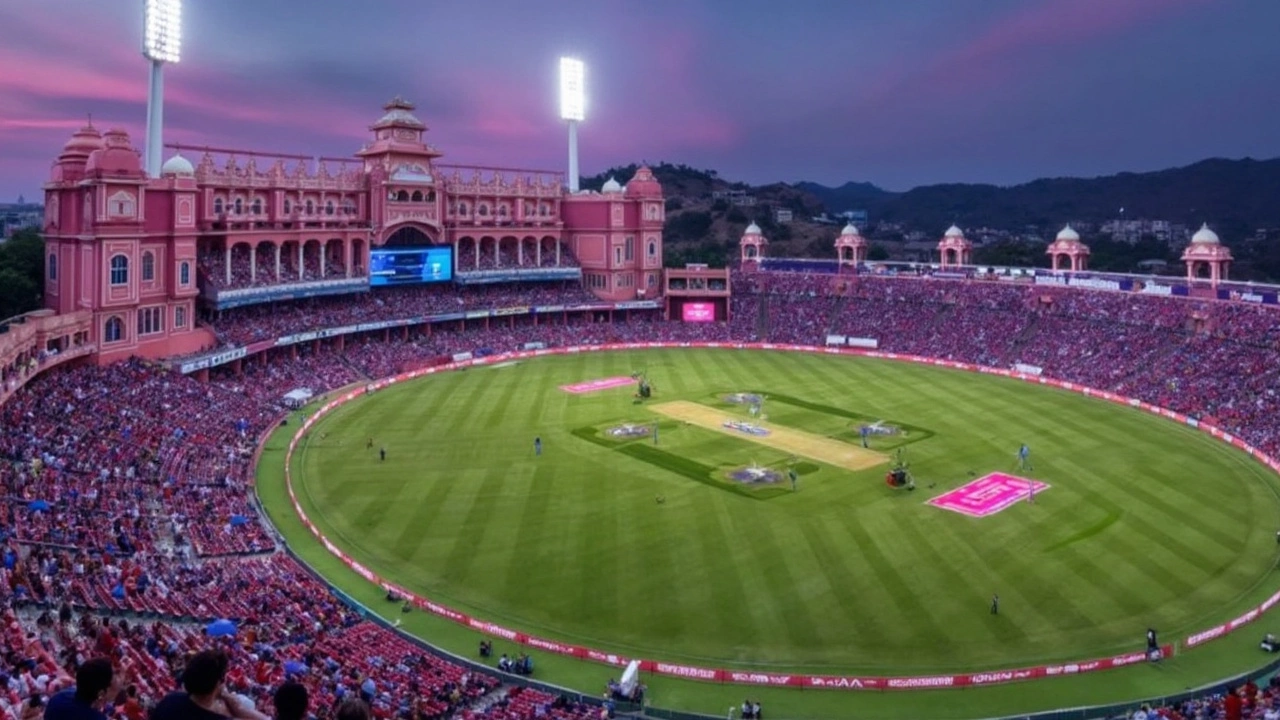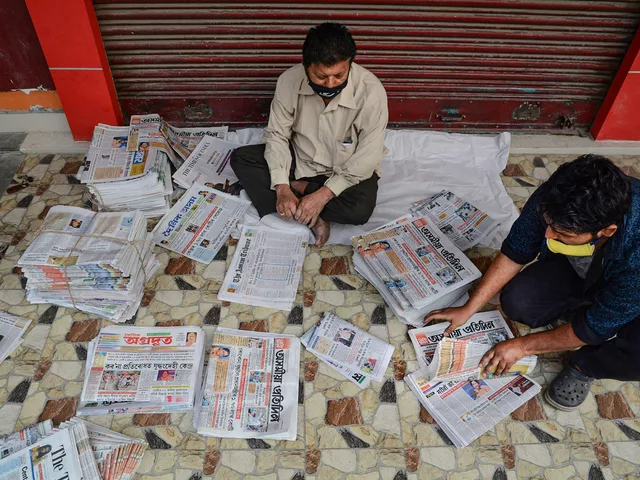Jaipur Pitch Report – Quick Guide for Fans and Players
Planning to watch a game in Jaipur or curious about how the surface will play? You’re in the right place. The Jaipur pitch, set inside the Sawai Mansingh Stadium, has a reputation for being a bit of a mystery – sometimes it favors runs, other times it helps the bowlers. Below we break down the usual trends, recent stats, and practical tips so you can enjoy the match without guessing.
Typical Pitch Behavior
Most games in Jaipur start with a medium‑fast, slightly dry surface. The first 10‑15 overs tend to be friendly for the top order; the ball comes onto the bat nicely and you’ll see a few easy boundaries. After the morning session, the outfield can get a bit slower, especially if there’s humidity or a light drizzle earlier in the day.
Spin gets a chance around the midway point of the innings. The pitch often develops subtle cracks, giving turn to off‑spinners and left‑arm orthodox bowlers. However, the turn isn’t extreme – it’s more about drift and bounce than outright spin‑fest. Fast bowlers who can swing the ball early and use the short length after the pitch settles tend to pick up the most wickets.
Historically, teams batting second have a slight edge because they know exactly how the surface is behaving. Scores in the 180‑220 range are common in T20s, while ODIs often end around 260‑280. If you’re betting on a high‑scoring match, look for dry weather and a flat outfield – that’s when the pitch really opens up.
Tips for Batsmen and Bowlers
Batsmen: Play your shots early. The first half‑hour is the safest window to rotate the strike and build confidence. Aim for the gaps rather than big lofted hits; the ball can dip unexpectedly once the pitch dries out. If you’re a middle‑order player, be ready to adjust to slower bounce – use your feet to get into the line of the ball and play late.
Bowlers: Fast bowlers should focus on disciplined line and length in the early overs. Seam movement is more reliable than raw pace, especially on a surface that can lose its bounce after 10 overs. For spinners, vary your flight and keep a tight line outside off‑stump; the pitch will start offering a little turn after the 15‑over mark.
Fielding teams often set a deep square leg and mid‑wicket to catch mishits when the ball slows down. A well‑placed short fine‑leg can also create pressure on batsmen trying to pull or hook.
Lastly, keep an eye on the weather forecast. A light drizzle before the game can make the outfield slick, turning potential boundaries into quick stops. Conversely, a sunny day will keep the surface hard, helping big hits.
So, whether you’re a die‑hard fan, a casual viewer, or a player prepping for a match, these pointers should help you read the Jaipur pitch like a pro. Enjoy the game, and may the conditions be in your favor!
Jaipur Pitch Report: How Sawai Mansingh Stadium Became a Paradise for IPL Batters
Sawai Mansingh Stadium in Jaipur, known for its flat pitch and evening dew, sets the stage for high IPL scores and gives an edge to chasing teams—something Mumbai Indians used to full effect in their dominant win over Rajasthan. The venue’s batting-friendly reputation continues to challenge even the best bowling attacks.





